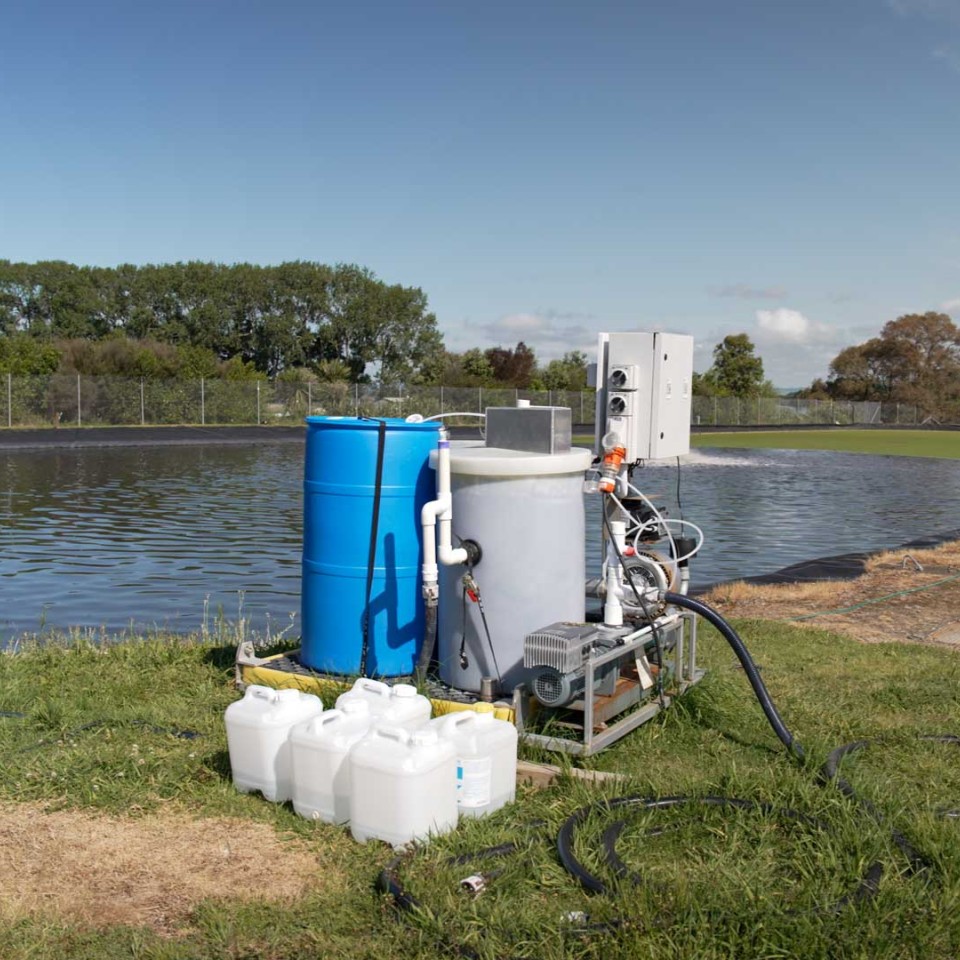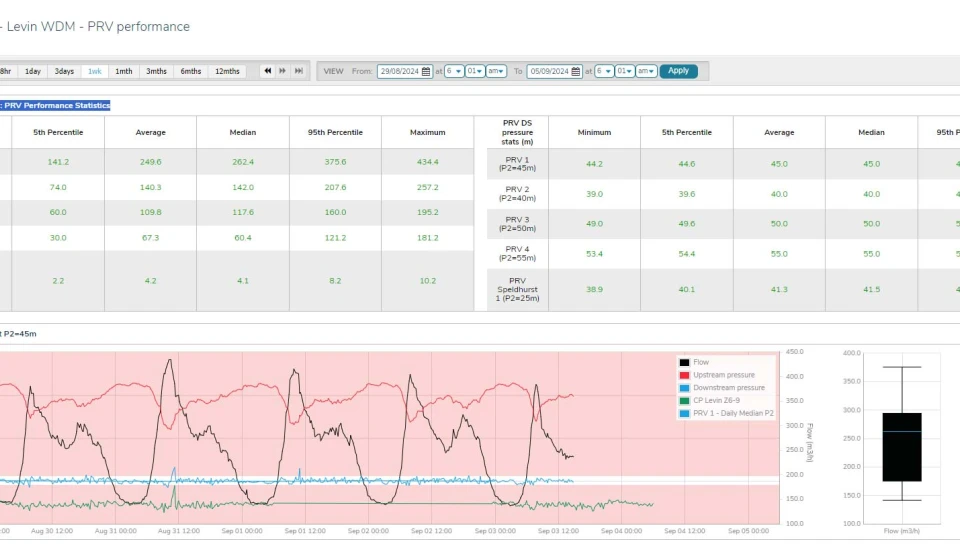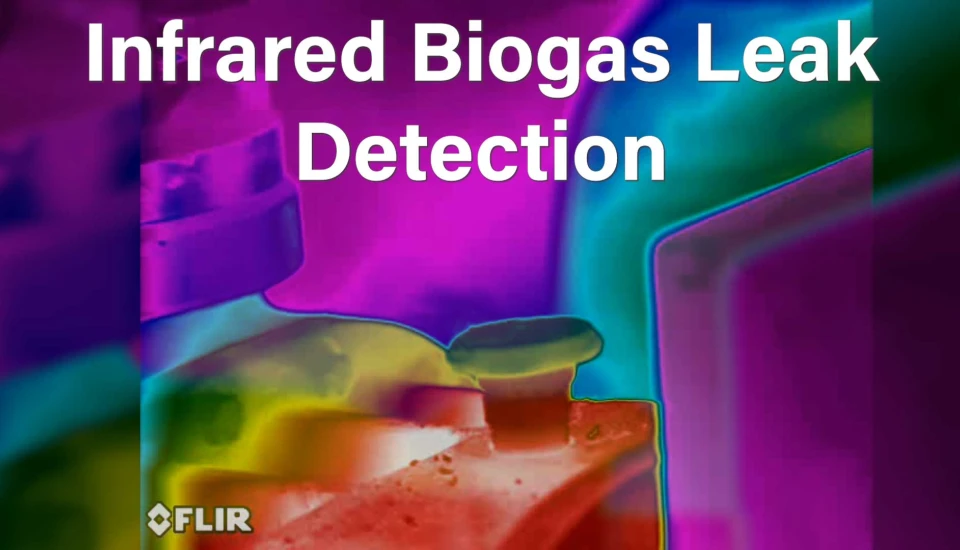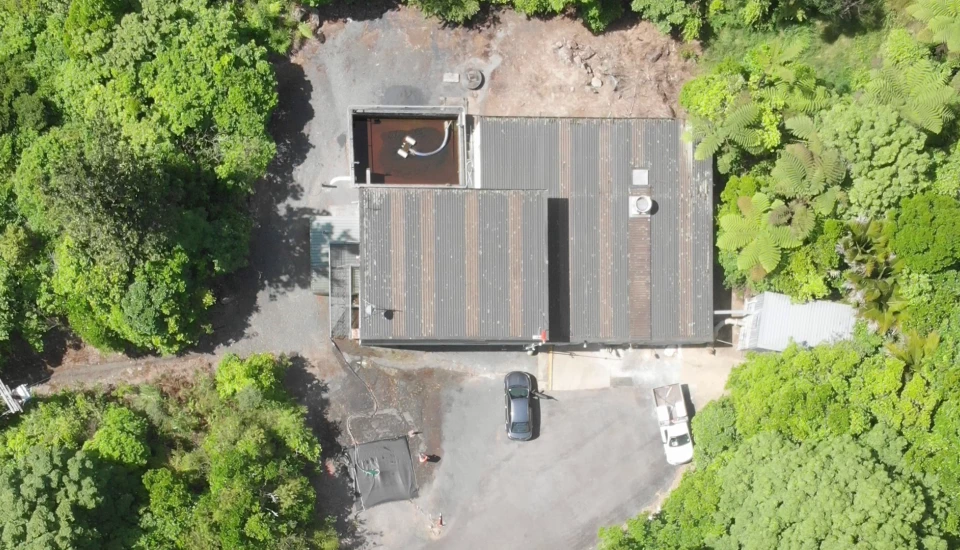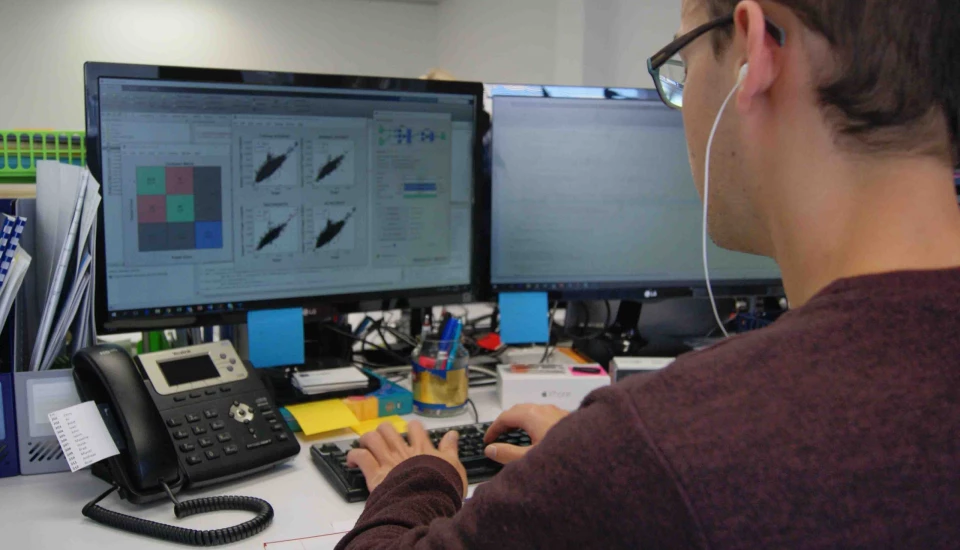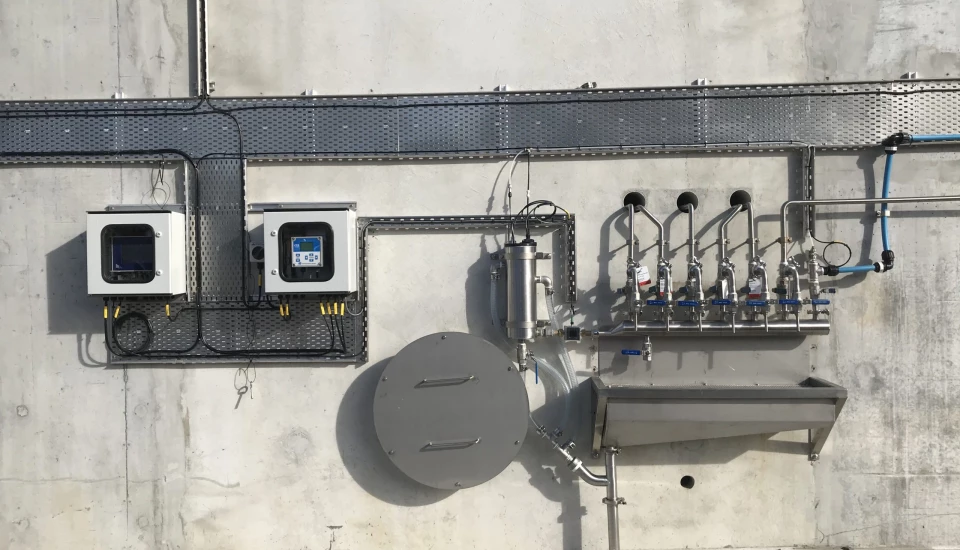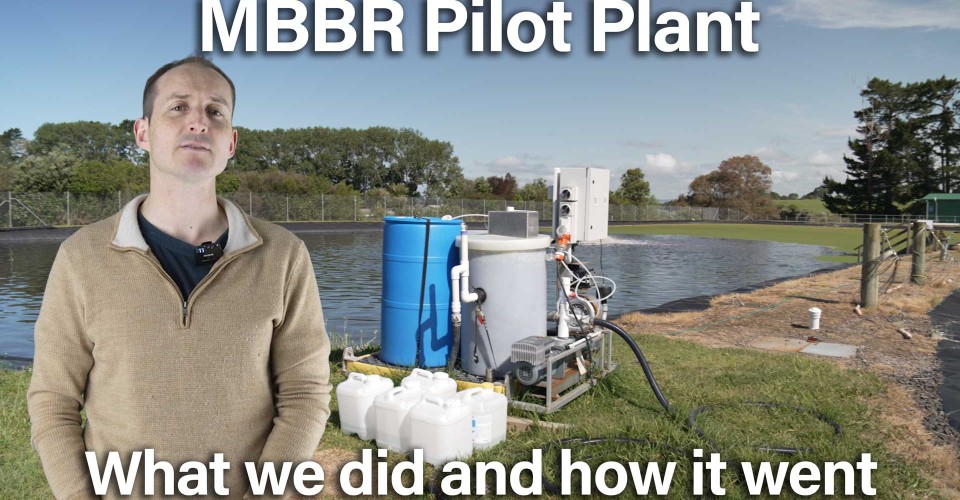
Introduction
In the realm of wastewater treatment, the Moving Bed Bio Reactor (MBBR) is a widely recognized and proven technology. With numerous successful applications worldwide, MBBR has also found its footing in New Zealand, offering promising solutions to address the challenges faced by existing oxidation ponds, particularly in meeting nitrogen effluent requirements.
A Pioneering MBBR Pilot at Katikati Wastewater Treatment Plant
In the pursuit of exploring the potential of MBBR as a cost-effective add-on solution for nitrogen removal, our team executed a two-stage MBBR pilot at the Katikati Wastewater Treatment Plant in Western Bay of Plenty. Following our presentation of preliminary data at the Water New Zealand Conference in 2022, we continued the pilot to delve deeper into its efficacy and performance.
Objectives of the Pilot Trial
The primary goals of this pilot trial were twofold: firstly, to ascertain that the MBBR technology could reliably meet the resource consent effluent requirements; and secondly, to establish critical design parameters for the successful implementation of a full-scale MBBR plant.
Design and Setup of the Pilot
The Katikati plant operates as a two-pond system with a relatively high hydraulic retention time (HRT). Our team placed an MBBR between the two ponds to optimize its performance. The initial MBBR served as a nitrification unit, equipped with an aeration system and Mutag media—a relatively new media type from Germany, characterized by an irregular pattern and variable surface area. Subsequently, the second reactor functioned as an anoxic unit, facilitated by K1 equivalent type media—a well-understood, older media type with known surface area and mixing properties.
Benefits of the Two-Stage Approach
While alternative configurations were considered, we advocate the two-stage approach due to its superior resilience and robustness in nitrogen removal with MBBRs.
Insights and Results
One key focus of the pilot trial was to determine the specific surface area of the new Mutag media type, expressed as square meters per cubic meter of media. Our findings revealed a specific surface area ranging between 800 and 1000 m2/m3 which is impressive compared to other media types. This opens up the possibility of reducing the size of MBBR plants, potentially saving costs.
The MBBR pilot plant demonstrated the ability to meet the resource consent effluent requirements without requiring external alkalinity for nitrification, leading to operational cost savings.
Surface Area Removal Rates (SARR) for Nitrification and De-Nitrification
To facilitate the full-scale design of the MBBR plant, we established Surface Area Removal Rates (SARR) for both nitrification and de-nitrification processes. For nitrification, the established rate was 0.73 grams of ammonia nitrogen degraded per square meter of media per day at 15 degrees Celsius. The first reactor displayed an excess of ammonia, dissolved oxygen (DO), and alkalinity, signifying the maximum expected rate in this reactor.
Regarding de-nitrification, the established rate was 1.65 grams of nitrate nitrogen per square meter of media per day, also at 15 degrees Celsius. The second reactor, however, was typically nitrate limited, suggesting that a higher surface area removal rate could be achieved by providing additional nitrate.
Continuing Progress
After the success of our Katikati pilot, we are now looking to explore the potential of MBBR technology at another site, offering valuable insights to another organization eager to embrace this innovative wastewater treatment solution.
To delve deeper into the world of MBBR technology and pilot plants, we invite you to explore our some of our Lutra TV videos.
Conclusion
The MBBR pilot at the Katikati Wastewater Treatment Plant has proven to be a significant step forward in understanding the capabilities and efficiencies of this technology. Armed with concrete data and valuable insights, we look forward to its wider adoption and its role in improving wastewater treatment in New Zealand and beyond.

